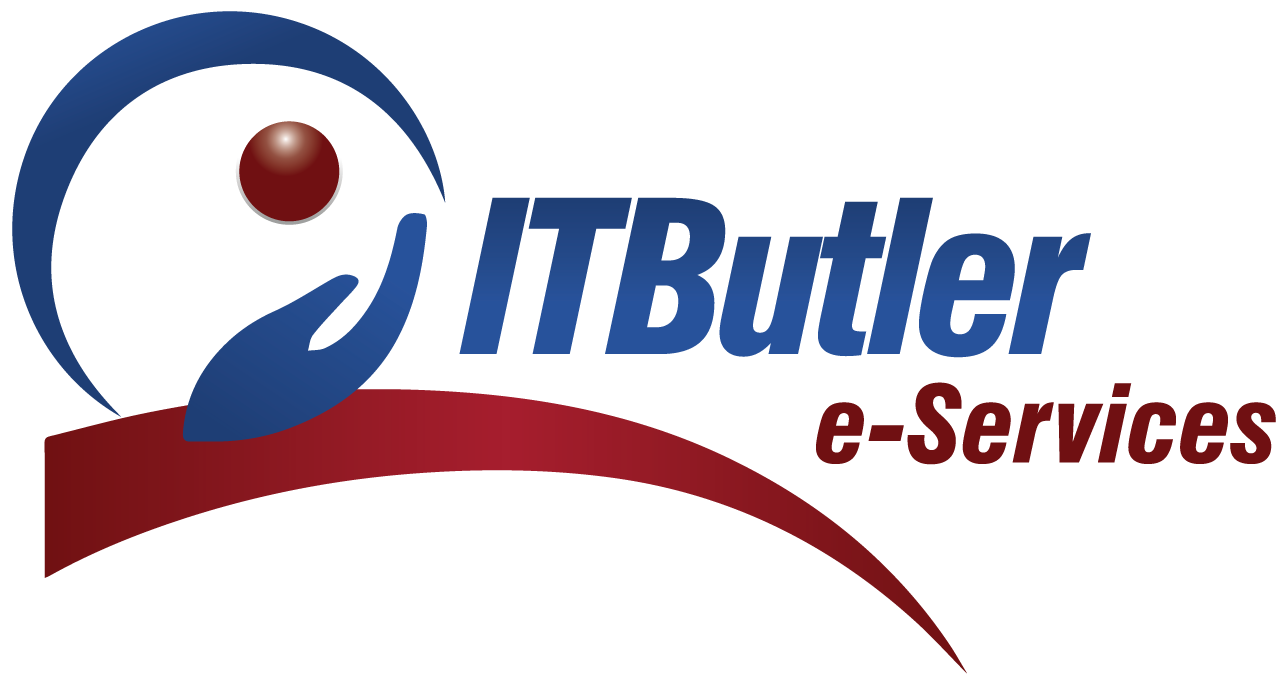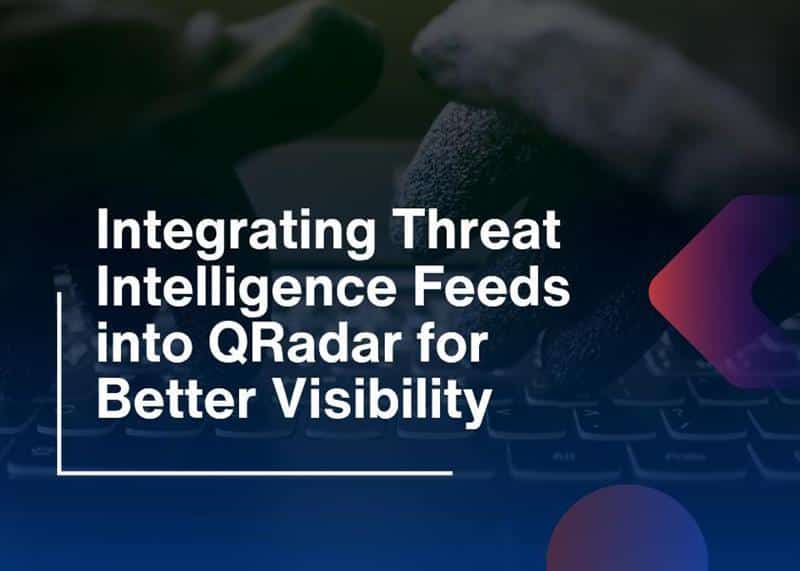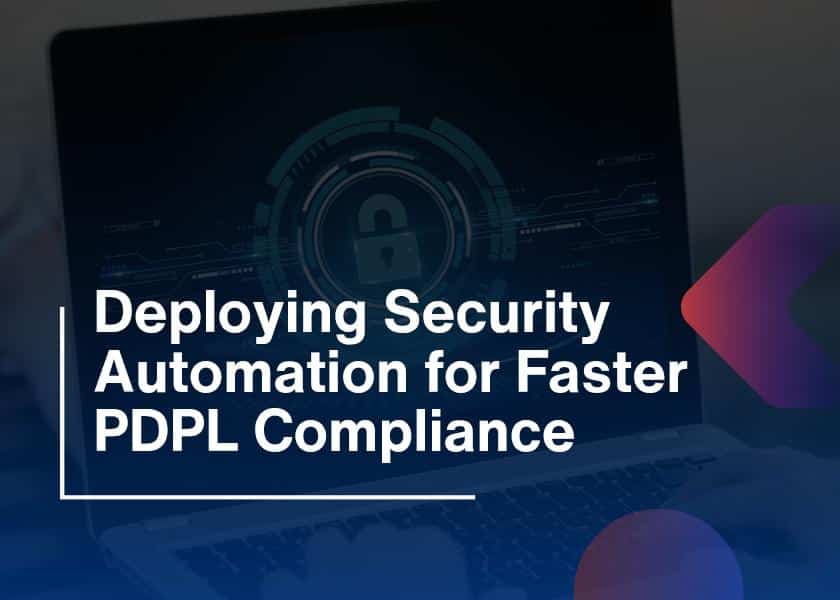If you’re running a FinTech company in Saudi Arabia, you already know that innovation must walk hand in hand with compliance. The FinTech Saudi ecosystem is growing, but with growth comes responsibility, especially when it comes to cybersecurity and data protection. That’s where the Saudi Arabian Monetary Authority (SAMA) steps in. As SAMA’s cybersecurity framework is not just a set of rules, it’s a roadmap to protect financial systems from evolving cyber threats.
In this blog, we’ll walk you through actionable steps to ensure your FinTech business is fully aligned with SAMA compliance, using their SAMA cybersecurity checklist and keeping an eye on banking IT regulations. Whether you’re just starting or updating your security strategy, this guide is for you.
Why SAMA Compliance Matters for FinTech Saudi
FinTech operates among the most strictly controlled industries of Saudi Arabia for valid regulatory reasons. In addition, security and regulatory compliance stand as essential factors because they determine the trust levels of customers, along with investors and officials who monitor the industry. SAMA compliance ensures that your platform:
- Protects sensitive financial data
- Resists cyberattacks and operational disruptions
- The initiative complies with national standards that regulate IT governance and cybersecurity practices.
Furthermore, the SAMA framework functions as more than a compliance requirement because it serves as proof to users and partners regarding your adherence to banking IT regulations throughout the region.
Steps to Assure SAMA Compliance in Fintech Companies
1. Understand the SAMA Cybersecurity Framework
Before doing anything else, get familiar with the SAMA cybersecurity checklist. This document outlines the required controls across areas like:
- Risk Management
- Cybersecurity Governance
- Asset Management
- Access Control
- Cryptography
- Operations Security
Think of it as your compliance blueprint. So, every decision and policy you create should align with the categories mentioned here.
2. Conduct a Gap Assessment
Now that you understand what’s expected, it’s time to figure out where your company stands. A gap assessment compares your current cybersecurity setup with SAMA’s requirements. Ask questions like:
- Do we have a cybersecurity strategy aligned with SAMA standards?
- Are our systems properly segmented and monitored?
- Do we have an incident response plan?
Consequently, a detailed gap analysis will help you identify vulnerabilities and prioritize what needs immediate attention.
3. Assign a Cybersecurity Officer
SAMA enforces the appointment of a Cybersecurity Officer responsible for direct management reporting. The designated person verifies both implementation accuracy and continued update of the cyber strategy within the company. Additionally, a successful Cybersecurity Officer should possess knowledge of FinTech Saudi operations alongside their expertise in cybersecurity. A suitable candidate needs to establish strong communication skills so they can transfer information between technology teams and members of the executive board.
4. Establish Clear Cybersecurity Governance
Governance is more than having policies on paper. It’s about creating a culture where cybersecurity is everyone’s responsibility. So, start it by:
- Creating cybersecurity policies that align with SAMA standards
- Training employees regularly on secure behavior
- Conducting internal audits
Remember, strong governance ensures that you’re not only compliant but also resilient when threats arise.
5. Strengthen Technical Controls
This is the “tech” part, but it’s crucial. Make sure your infrastructure supports the following:
- Access Controls: Only authorized personnel should access critical systems.
- Encryption: All sensitive data must be encrypted, both in transit and at rest.
- Multi-Factor Authentication (MFA): Essential for all systems, especially those with financial or personal data.
- Patch Management: Systems should be updated regularly to fix known vulnerabilities.
These technical elements are a big part of the SAMA cybersecurity checklist, so don’t overlook them.

6. Build an Incident Response Plan
It’s not about whether a cyberattack happens, it’s about when a cyberattack will happen. SAMA requires all FinTech companies to have a documented incident response plan.
Your plan should include:
- How to detect and respond to incidents
- Internal reporting procedures
- Communication strategy for external stakeholders (including customers and regulators)
- Post-incident review and improvement processes
Test this plan through regular simulation exercises so your team is prepared under pressure.
7. Vendor and Third-Party Risk Management
Most FinTech Saudi companies rely on third-party tools and services, from cloud platforms to payment processors. But every vendor you use is a potential security risk. Additionally, SAMA’s framework requires companies to evaluate and monitor the cybersecurity posture of all third parties. To stay compliant:
- Perform due diligence before onboarding any vendor
- Include cybersecurity clauses in contracts
- Regularly audit third-party performance and access
8. Monitor, Audit, and Report
Once your systems are in place, ongoing monitoring is a must. SAMA expects FinTechs to actively:
- Log all system activity
- Detect abnormal behavior
- Conduct periodic audits
- Submit incident reports to SAMA within a specific timeframe
This is where having the right tools makes all the difference. So, invest in SIEM (Security Information and Event Management) systems that help automate the process.
9. Align With Banking IT Regulations
Compliance isn’t just about cybersecurity, it extends to banking IT regulations as well. Ensure your IT architecture supports secure payment processing, customer data protection, and regulatory reporting. Here’s how to align with IT regulations:
- Use secure coding practices
- Document and audit all system changes
- Back up data regularly and securely
- Comply with data residency rules (some data must stay within Saudi Arabia)
Furthermore, this broader IT compliance strategy complements your cybersecurity framework and keeps you ahead of audits and inspections.
10. Stay Updated and Adaptable
SAMA continuously evolves its regulations to keep up with new threats. Your job? Stay updated.
- Subscribe to official SAMA announcements
- Join FinTech Saudi communities and cybersecurity forums
- Conduct annual reviews of your compliance framework
So, adaptability is what separates successful FinTech companies from those constantly playing catch-up.
Make Compliance a Competitive Advantage
Too many FinTech companies see compliance as a burden. But here’s a fresh perspective: turn it into a business advantage.
- Highlight your SAMA compliance in investor decks and marketing
- Use it to build trust with customers
- Partner confidently with banks and regulators
So, when your operations scream “secure and compliant,” you become a magnet for partnerships and growth.
Conclusion
The FinTech Saudi sector shows intense activity, thanks to its many opportunities, yet it needs to maintain user information security and financial system security. Additionally, staying legal alongside banking IT regulations and following the SAMA cybersecurity checklist serves to protect your company from future security threats. Following these specific steps will help your FinTech company achieve reliable performance and regulatory success in the Saudi Arabian market. So, are you prepared to improve your compliance standards?





